Moscow's Marvels: A Cultural Odyssey
Embark on a captivating journey through Moscow's rich history and architecture on this free walking tour, exploring iconic landmarks that tell the city's story.
Time
3 Hours
Stops
9 Places
Distance
4.1 km
Red Square
Start your tour at Red Square, the heart of Moscow, known for its historical significance and stunning architecture, including the iconic St. Basil's Cathedral.
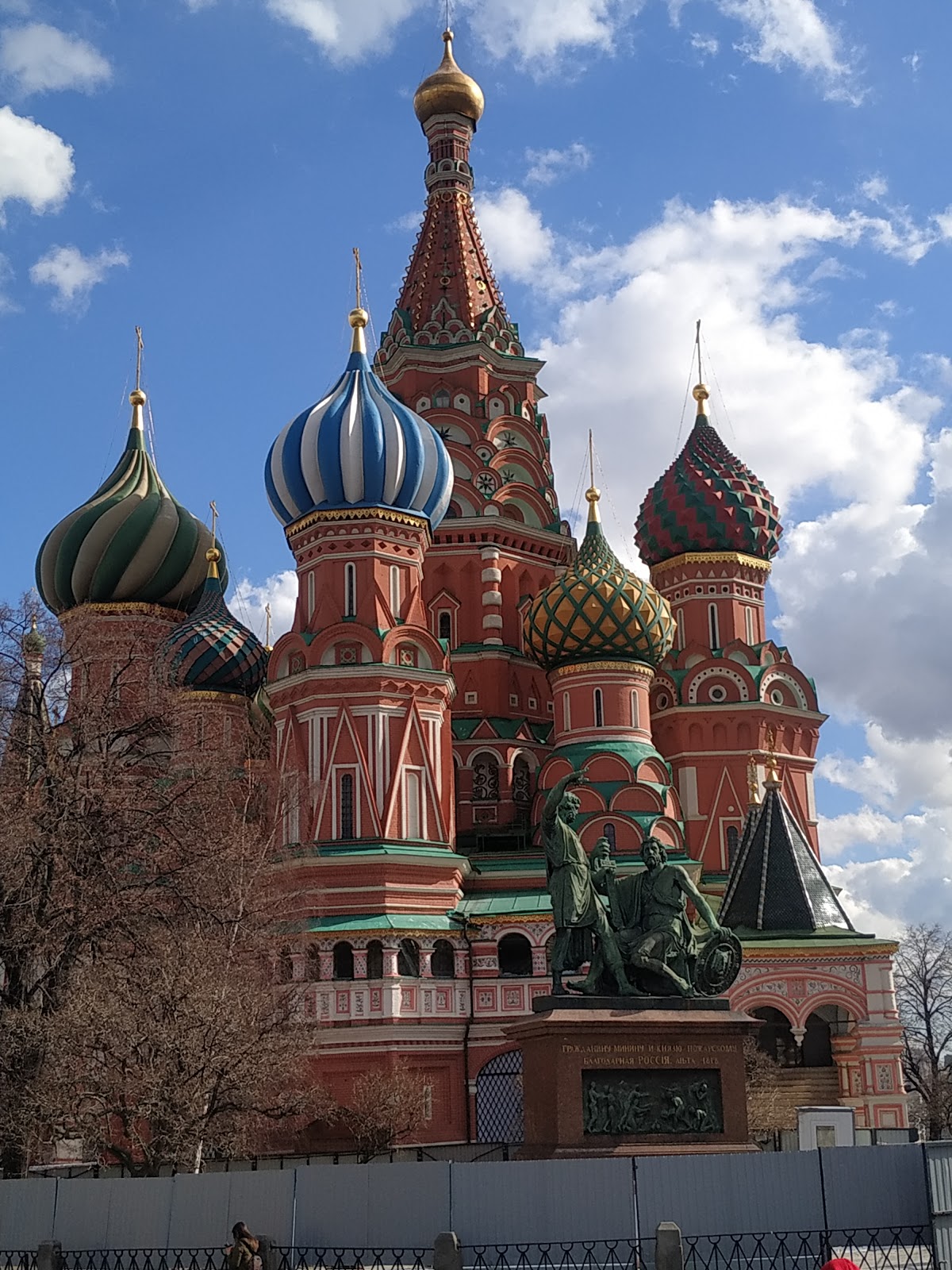
Red Square (Source: Google Maps)
Red Square, the symbolic heart of Moscow, has been a site of significant historical events for centuries. It is surrounded by remarkable structures, including the imposing Kremlin walls and the colorful St. Basil's Cathedral. Initially a marketplace, Red Square has evolved into a stage for major national celebrations and parades. Its cobblestone surface has witnessed countless historical moments, making it a UNESCO World Heritage site. The architecture reflects a blend of Russian and European influences, showcasing the evolution of Moscow's urban landscape. The square serves as a focal point for both locals and tourists, embodying the spirit and history of Russia.
St. Basil's Cathedral
Just a short walk from the center of Red Square, this colorful masterpiece is a symbol of Russia's unique architectural style and history.
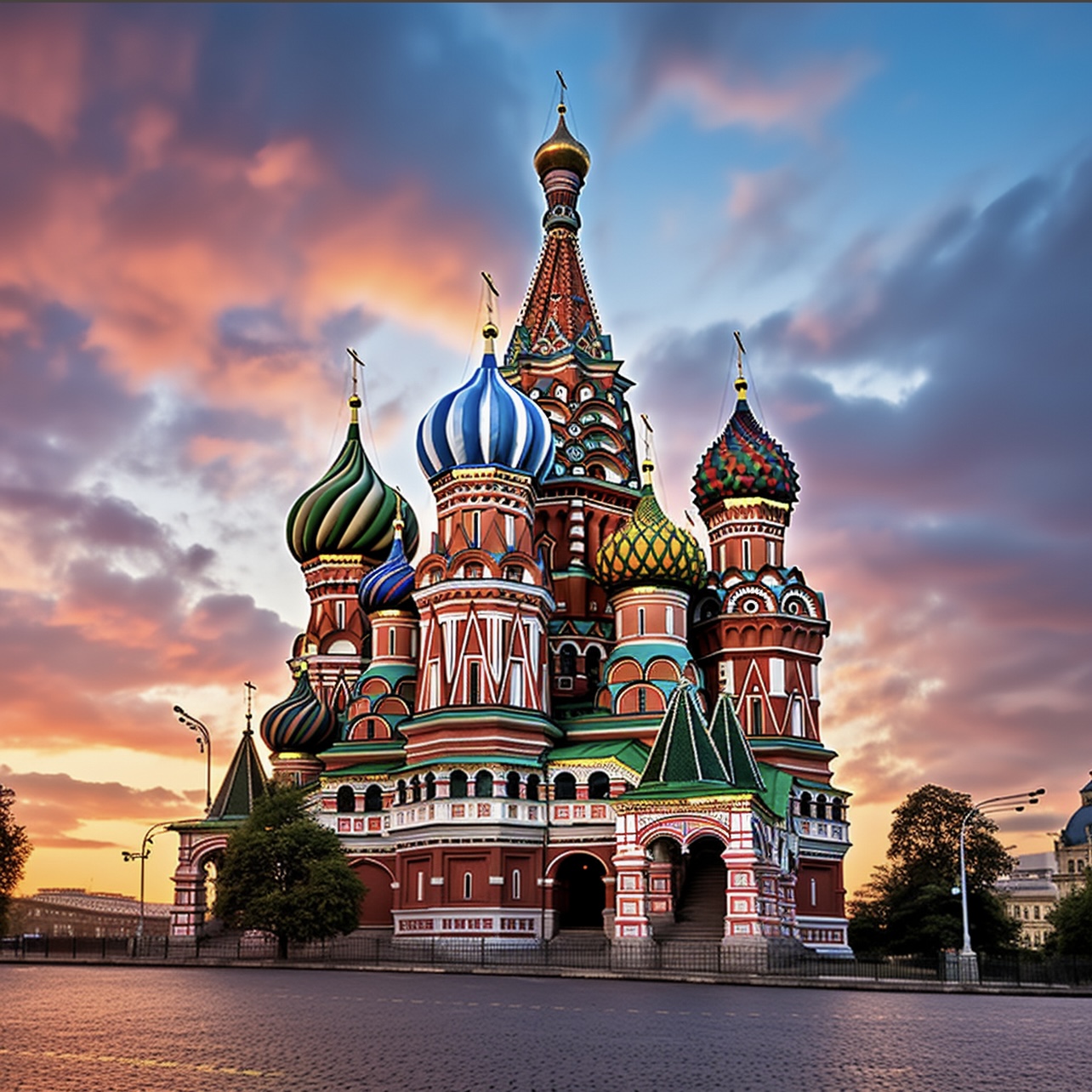
St. Basil's Cathedral (Source: Google Maps)
St. Basil's Cathedral, with its vibrant and whimsical onion domes, is a masterpiece of Russian architecture. Commissioned by Ivan the Terrible in the 16th century to commemorate the capture of Kazan, it symbolizes the unity of the Russian people. The cathedral's design is a unique blend of Byzantine and Russian architectural styles, featuring intricate details and colorful patterns. Inside, the cathedral houses a series of chapels, each adorned with beautiful frescoes and icons. Over the centuries, it has become a symbol of Moscow and Russia, often depicted in art and literature. Its historical significance and stunning visual appeal make it a must-visit landmark.
Lenin's Mausoleum
Conclude this hour by visiting Lenin's Mausoleum, where the embalmed body of the Soviet leader Vladimir Lenin has been on public display since his death in 1924.
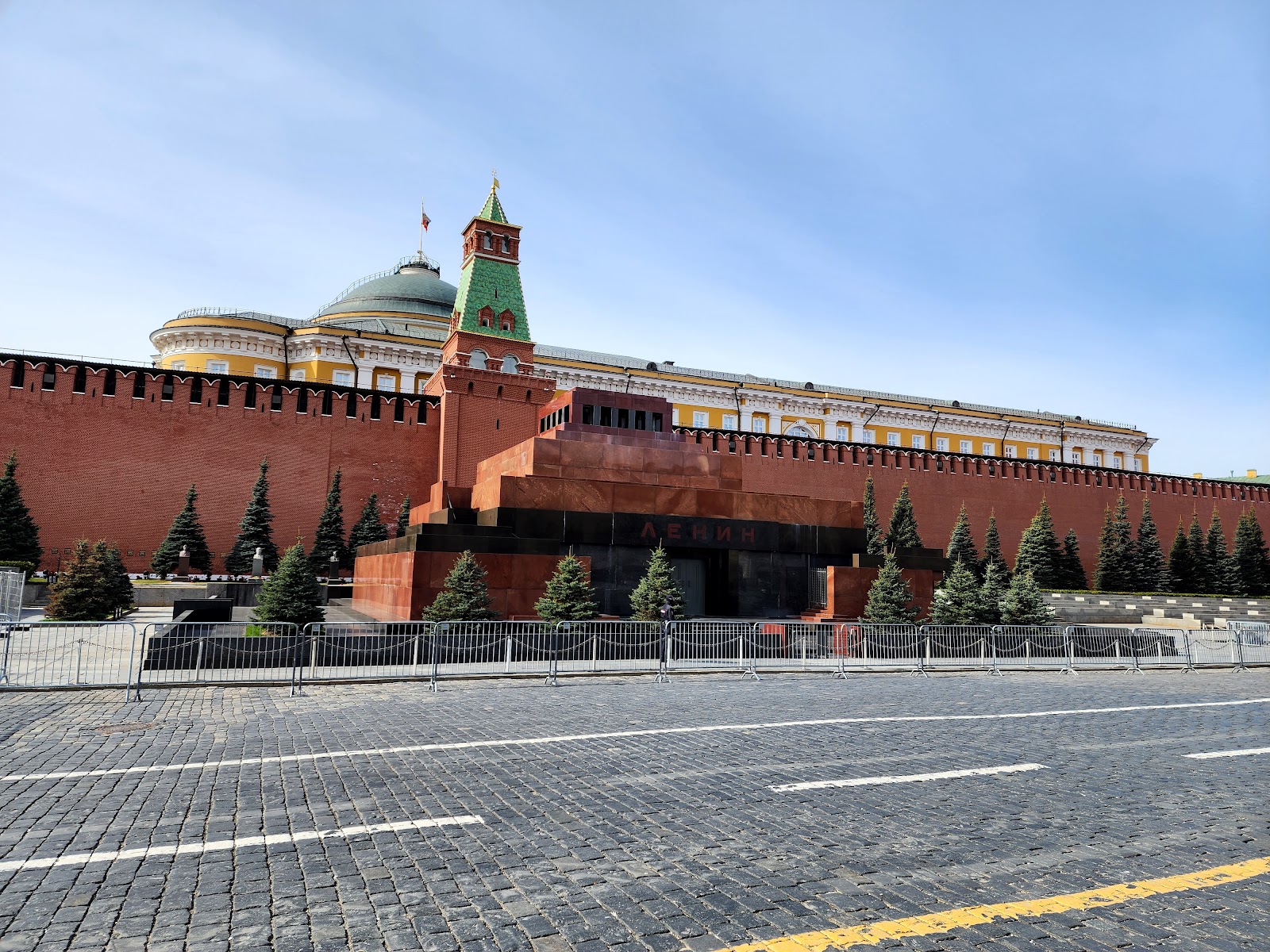
Lenin's Mausoleum (Source: Google Maps)
Lenin's Mausoleum, located in the heart of Red Square, is the final resting place of Vladimir Lenin, the founder of the Soviet Union. Constructed in 1924, the mausoleum has become a significant site for political demonstrations and state ceremonies. Its architecture is stark and monumental, designed to reflect the ideals of the Soviet state. Visitors can view Lenin's embalmed body, which has been preserved through a complex process, allowing it to be displayed to the public. The mausoleum stands as a poignant reminder of the tumultuous history of Russia and the impact of Lenin's leadership on the 20th century. It continues to attract numerous visitors, both domestic and international.
State Historical Museum
Explore the State Historical Museum, which provides a comprehensive overview of Russian history from ancient times to the present.
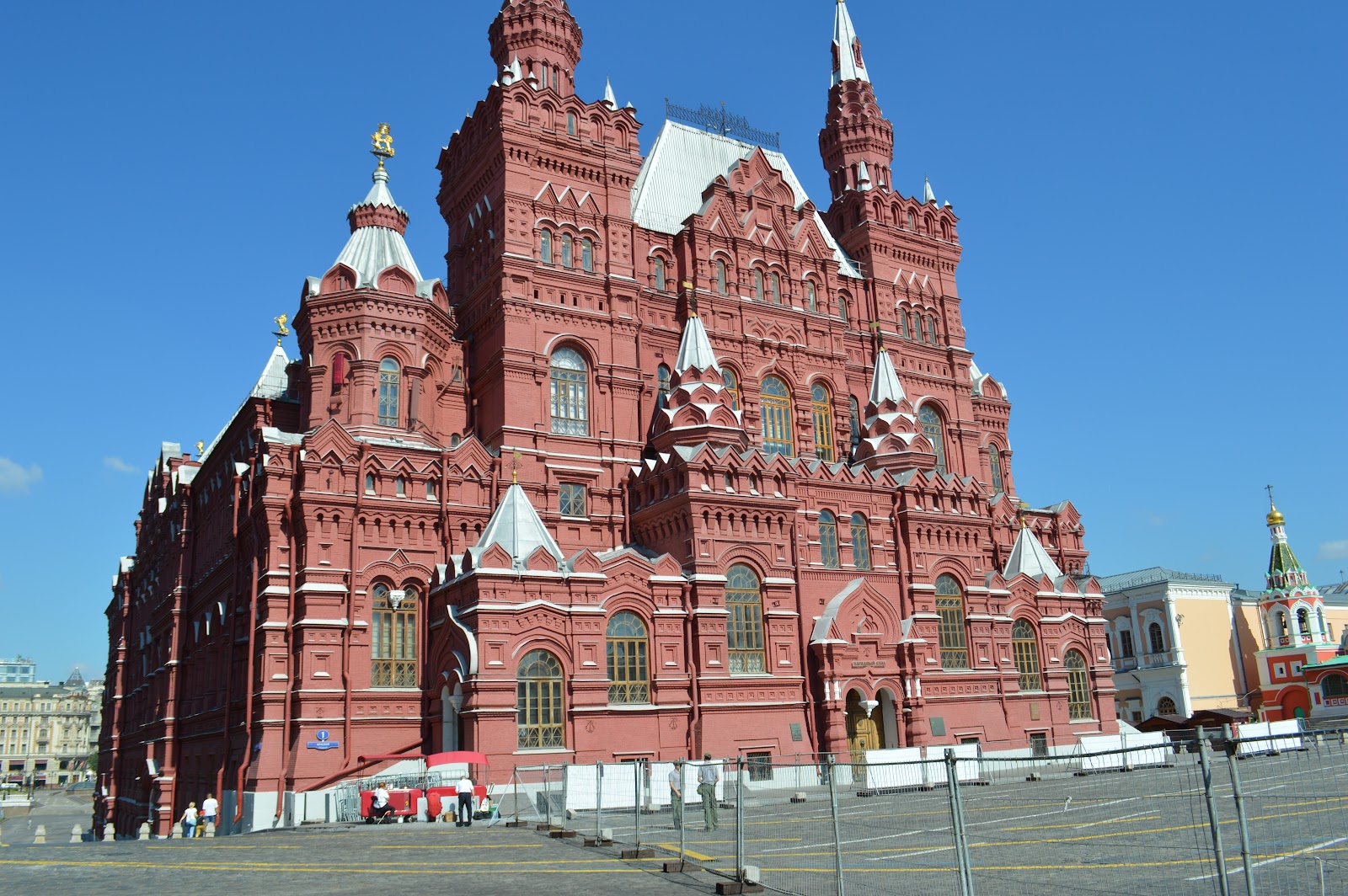
State Historical Museum (Source: Google Maps)
The State Historical Museum, located on Red Square, is a treasure trove of Russia's past. Established in the late 19th century, it houses an extensive collection of artifacts that trace the history of Russia from prehistoric times to the present. The museum's architecture is a stunning example of Russian revival style, with ornate details and a striking red façade. Inside, visitors can explore exhibitions that include everything from ancient artifacts and medieval weapons to art and documents from the Soviet era. The museum plays a vital role in preserving and presenting Russian history, making it an essential stop for anyone interested in understanding the cultural heritage of the nation.
Alexander Garden
Walk to the serene Alexander Garden, located along the western Kremlin wall, offering a peaceful retreat with beautiful landscaping and historical monuments.
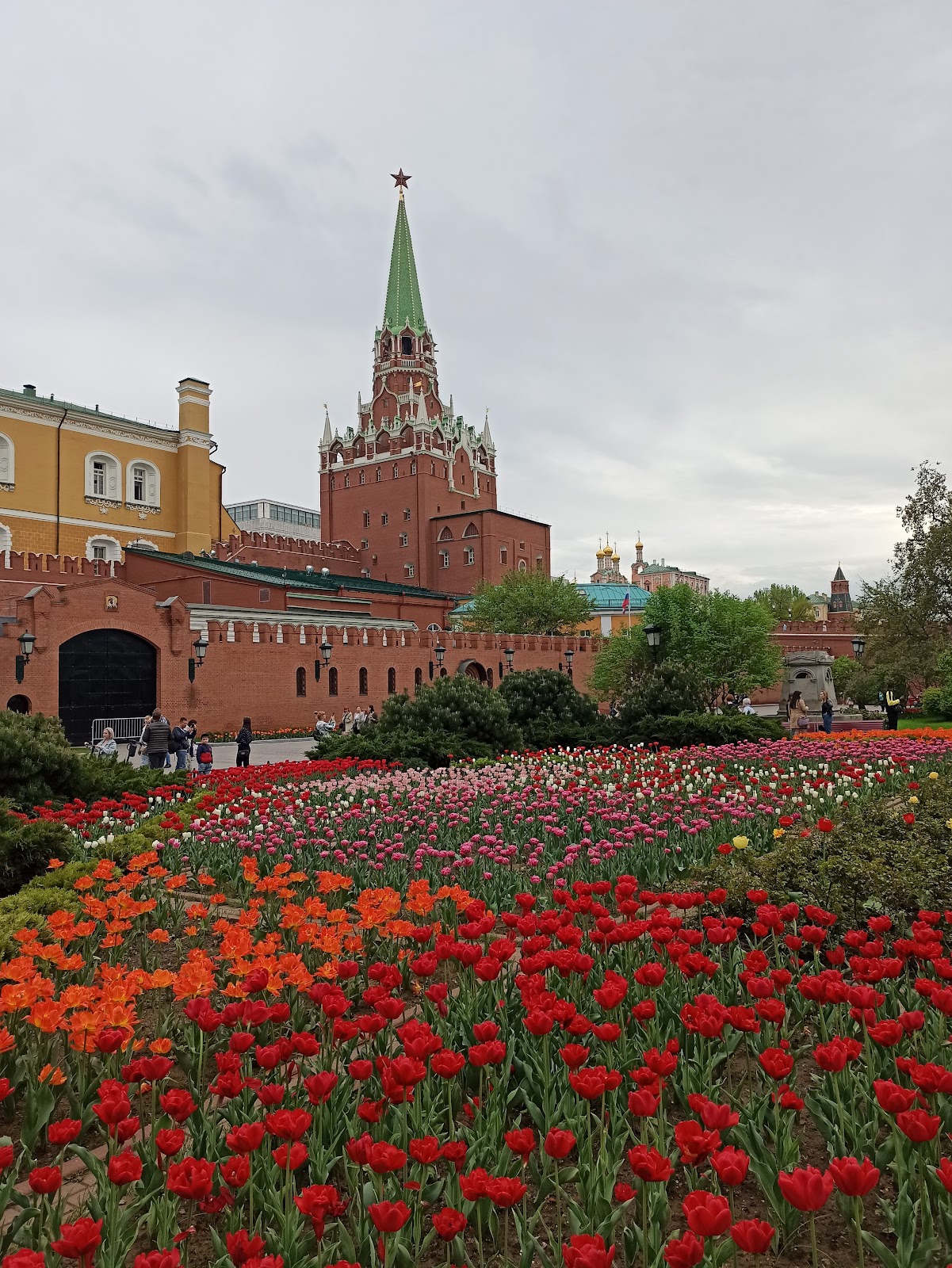
Alexander Garden (Source: Google Maps)
The Alexander Garden is a beautiful green space located near the Kremlin, offering a peaceful retreat from the bustling city. Established in the early 19th century, it features a variety of trees, flowers, and historical monuments, including the Tomb of the Unknown Soldier. The garden is designed in the English landscape style, providing a serene environment for both locals and tourists. Visitors can enjoy leisurely strolls along its paths, relax on benches, or admire the picturesque views of the Kremlin walls. The garden also hosts various cultural events throughout the year, enhancing its role as a vital part of Moscow's urban landscape and community life.
The Kremlin
Head towards the Kremlin, a fortified complex that houses the official residence of the President of Russia and several important museums.
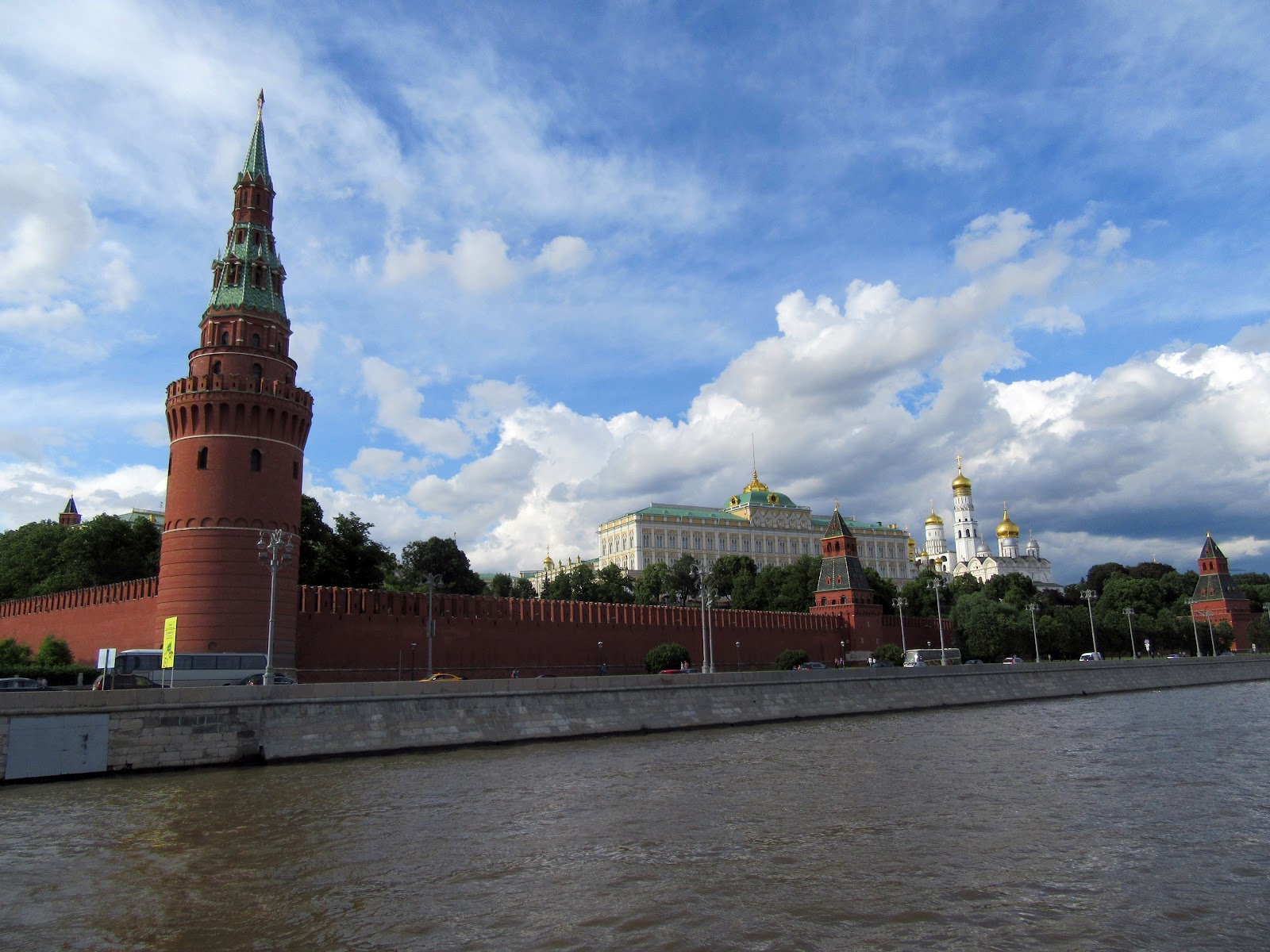
The Kremlin (Source: Google Maps)
The Kremlin is a historic fortified complex that serves as the heart of Russian political power. Dating back to the 2nd century, it has been the residence of Russian tsars, Soviet leaders, and the current President of Russia. The Kremlin's architecture is a blend of styles, featuring stunning cathedrals, palaces, and defensive walls. Notable structures include the Assumption Cathedral, where tsars were crowned, and the Grand Kremlin Palace, which showcases lavish interiors. The Kremlin is also home to several museums that highlight Russia's rich history and cultural heritage. As a UNESCO World Heritage site, it is a symbol of Russian unity and strength, attracting millions of visitors each year.
Bolshoi Theatre
Continue to the Bolshoi Theatre, renowned for its world-class ballet and opera performances, and admire its grand neoclassical architecture.
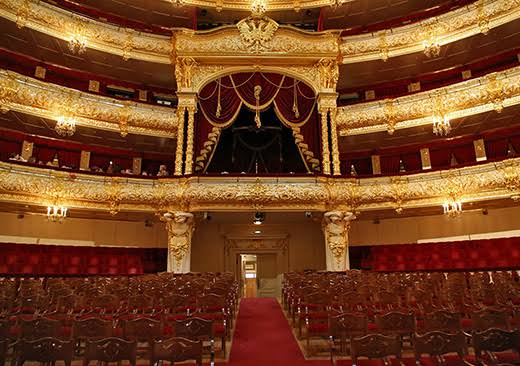
Bolshoi Theatre (Source: Google Maps)
The Bolshoi Theatre is one of the world's most renowned opera and ballet theaters, located in the heart of Moscow. Established in the 18th century, it is celebrated for its grand neoclassical architecture and exquisite acoustics. The theater has a rich history, having hosted countless performances by legendary artists and companies. Its stunning interior, adorned with chandeliers and plush seating, provides an opulent setting for cultural performances. The Bolshoi is also known for its commitment to preserving traditional Russian ballet while also embracing contemporary works. Visitors can attend performances or take guided tours to learn about the theater's history and architectural significance.
Tverskaya Street
Stroll down Tverskaya Street, one of Moscow's most vibrant streets, which is steeped in history and lined with impressive buildings and cultural sites.
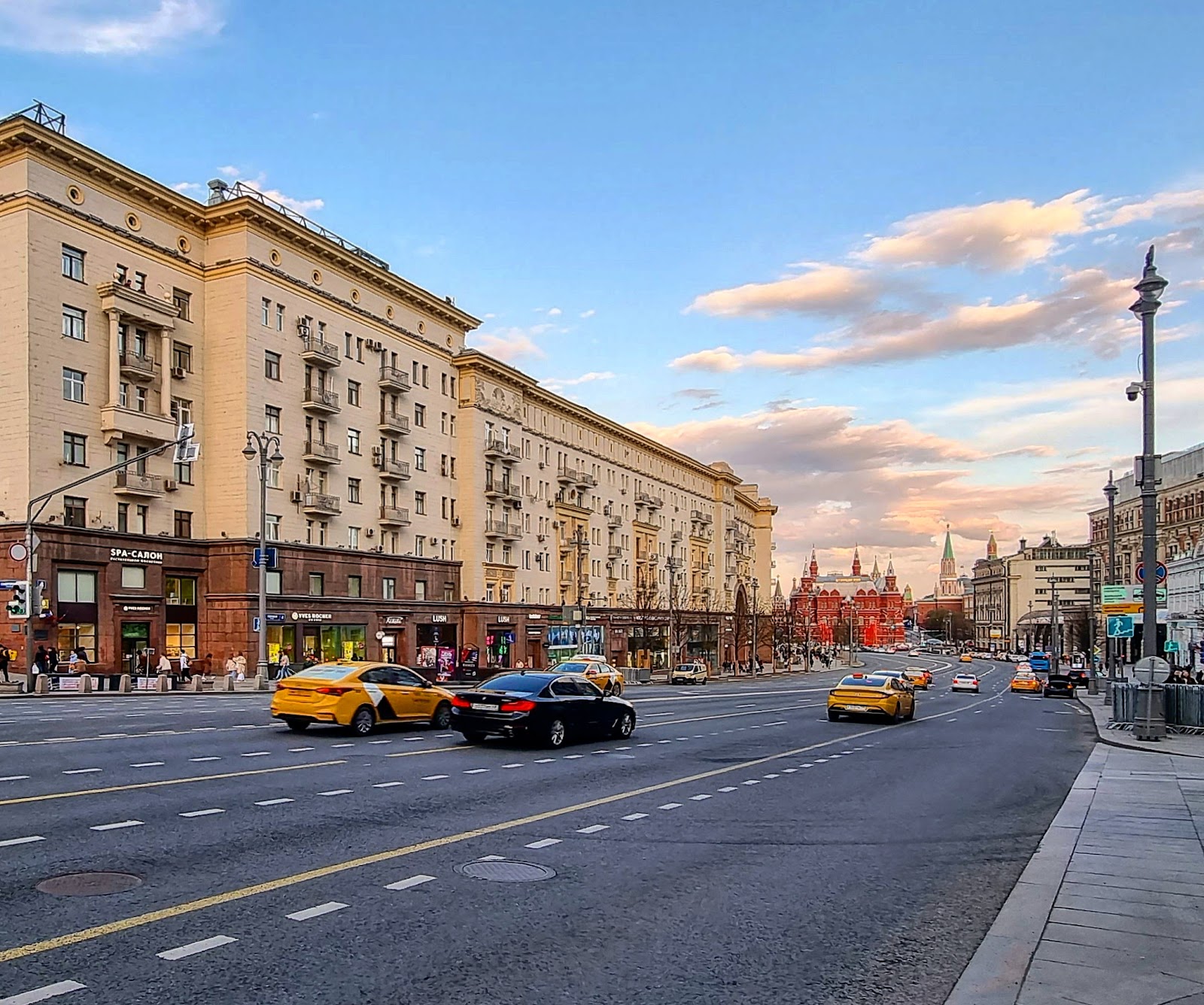
Tverskaya Street (Source: Google Maps)
Tverskaya Street is one of Moscow's most famous and vibrant thoroughfares, lined with shops, restaurants, and cultural landmarks. Historically, it has been a significant route connecting the city center to the north. The street showcases a mix of architectural styles, from classical to modern, reflecting the city's evolution over the centuries. Tverskaya is also known for its lively atmosphere, drawing both locals and tourists who come to enjoy its shops and cafes. It has been a witness to many historical events, including protests and celebrations, making it a vital part of Moscow's cultural fabric. Walking down Tverskaya Street offers a glimpse into the daily life of the city.
Pushkin Square
End your tour at Pushkin Square, a lively area named after the famous Russian poet Alexander Pushkin, often used as a meeting point for locals and tourists alike.
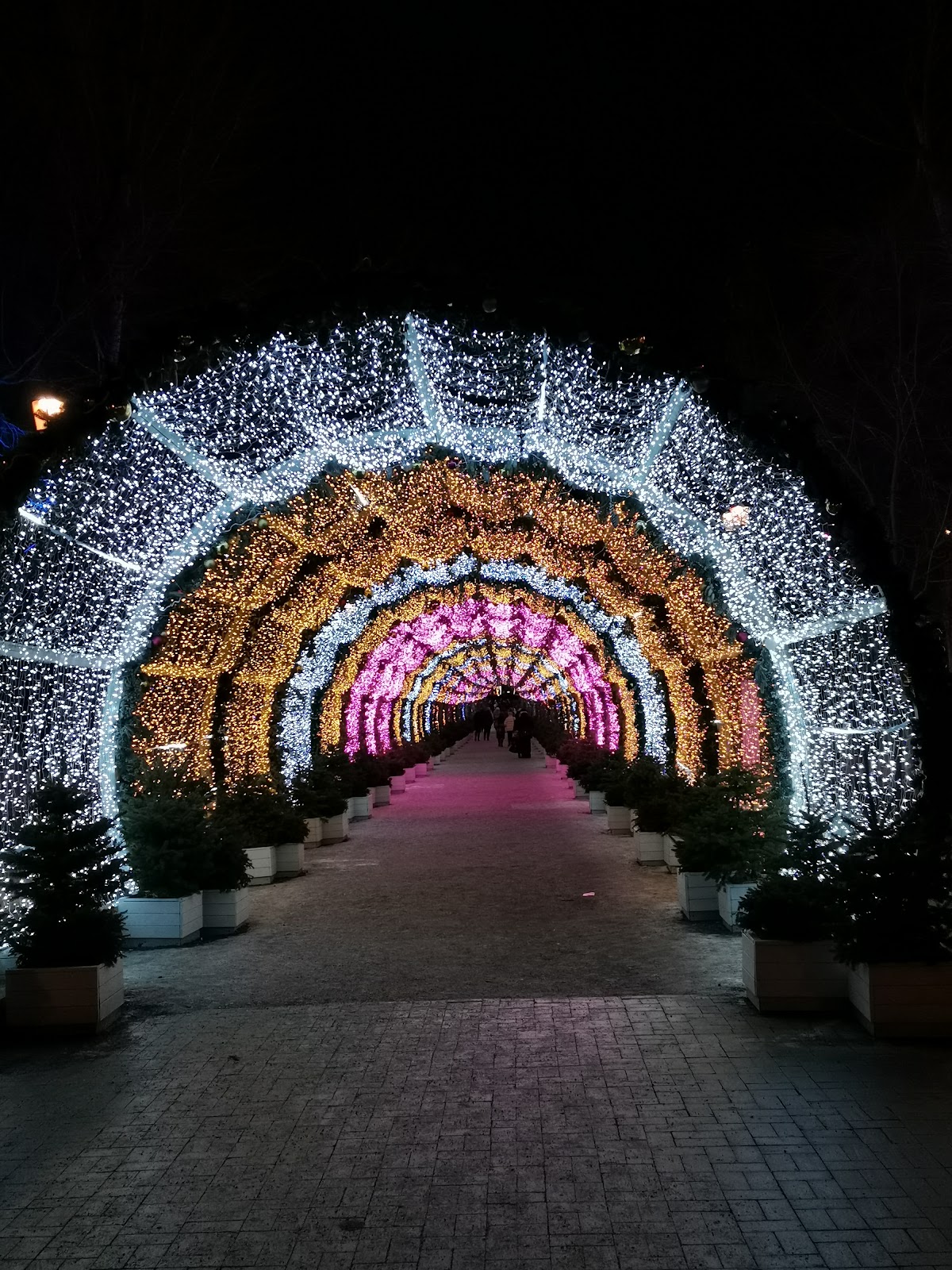
Pushkin Square (Source: Google Maps)
Pushkin Square is a lively public space in Moscow, named after the famous Russian poet Alexander Pushkin. The square serves as a popular meeting point and is surrounded by important cultural institutions, including theaters and galleries. It features a statue of Pushkin, which has become a symbol of Russian literature and culture. The square often hosts various events, concerts, and festivals, contributing to its vibrant atmosphere. Its central location makes it a hub for both locals and tourists, providing access to nearby attractions. Pushkin Square embodies the spirit of Moscow, celebrating its rich literary heritage and serving as a gathering place for the community.

Your travels, your rules.
Create your own Free Walking Tours.
Set your preferences, distances and anything you want to do or see.
Completely free, no payment required.